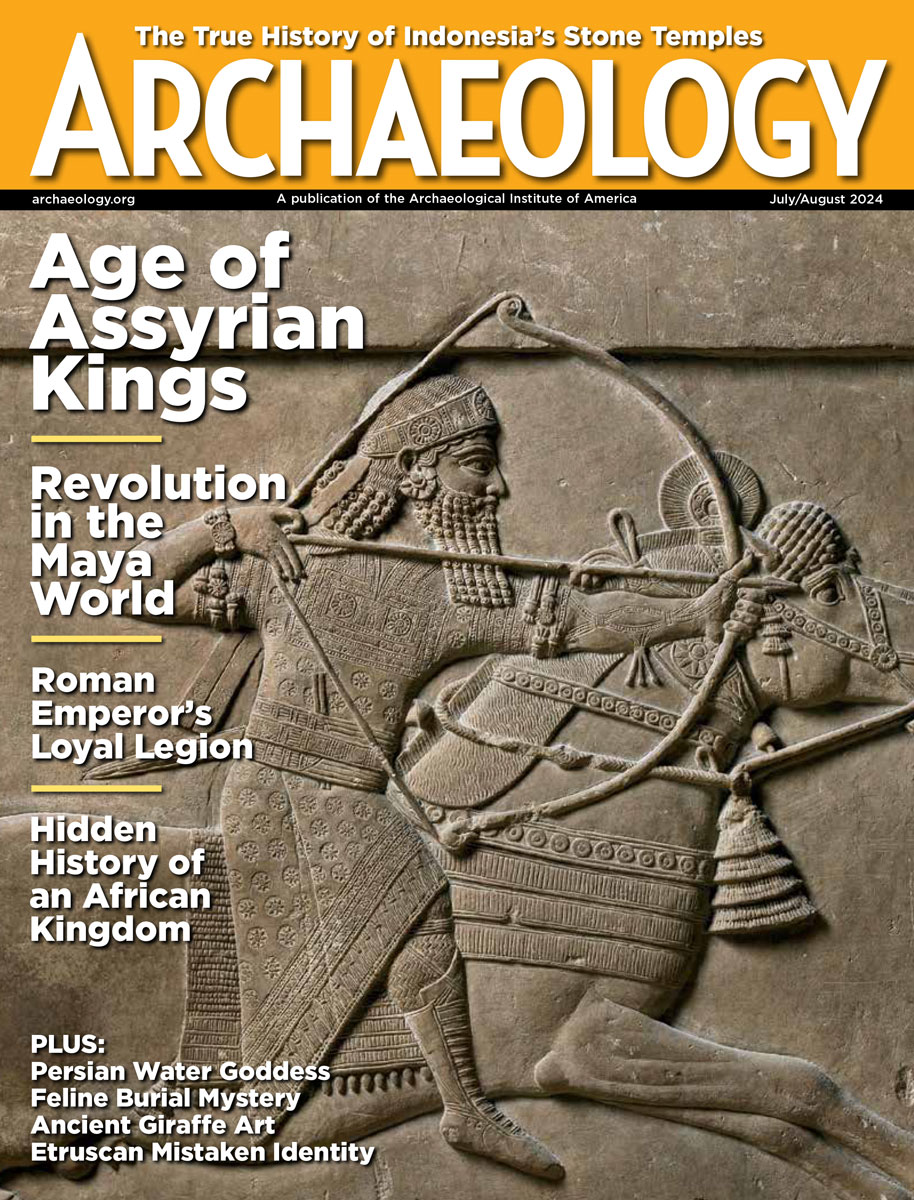Friday, October 31
October 31, 2008
Scientists led by Chris Tyler-Smith of the Genographic Research Project found differences on the Y chromosomes of more than six percent of the men living in areas around the Mediterranean once inhabited by Phoenicians. “The results are important because they show that the Phoenician settlement sites are marked by a genetic signature distinct from any that might have been left by other trading and settlement expansions through history, or which may have emerged by chance,” said Daniel Platt of IBM’s Computational Biology Center.
Otzi the Iceman, however, probably does not have any living descendants after all. Italian and British scientists mapped his mitochondrial DNA, and found that his genetic lineage is either extremely rare or has died out. Â
Small Caribbean islands were preferred by pre-Columbians because they had excellent fishing areas, open areas for hunting small prey, better wind flow, and fewer mosquitoes. It was probably also easier to sail from island to island, rather than trek through the heavy vegetation on a large island. Â
More information on the text being called the “oldest Hebrew script” has been published by BBC News. Amihai Mazar, an archaeologist at Hebrew University, says that the inscription is the longest proto-Canaanite text ever found. “The differentiation between the scripts, and between the languages themselves in that period, remains unclear,” he adds. Â
Two shipwrecks have been found in Lake Erie. The first, the Riverside, sank in 1893. All seven aboard were killed. The identity of the second ship has not been confirmed, but it could be the Plymouth, which sank in 1852. Â
The credit crunch in England has hit archaeologists working for contract firms, which depend upon construction projects for jobs. “We are looking at ways of tightening up. It is a worrying time for archaeology generally,” said Chris Taylor, director of Network Archaeology. Â
A limestone altar dedicated to the goddess Fortuna was discovered at the Gallo-Roman baths in Dalheim, Luxembourg.  Â
“The greatest danger for our monuments at the moment is earthquakes,” said Dimitrios Egglezos, who is in charge of the Athens Acropolis defensive circuit wall. A network of fiber-optic sensors and accelerographs, which measure how much movement is generated during an earthquake, is being installed at the Acropolis. Â
A twelfth cannon was recovered from the ship presumed to be the Queen Anne’s Revenge. Â
A ship that sank in the Gulf of Mexico between 1808 and 1820 was carrying a “veritable arsenal,” said nautical archaeologist Ben Ford of Texas A&M University. “They were either out for mischief or they were concerned about coming to some harm,” he said.
- Comments Off on Friday, October 31









